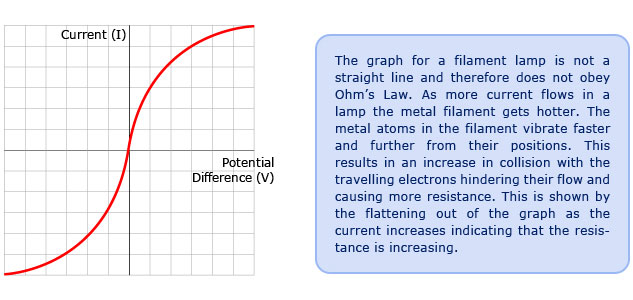- Messages
- 52
- Reaction score
- 21
- Points
- 18
Can some one help.me please,,
May/june 2009 q no 4 b spring constant arrangement.. I knew how to find extension but not spring constant,,
May/june 2009 q no 4 b spring constant arrangement.. I knew how to find extension but not spring constant,,


